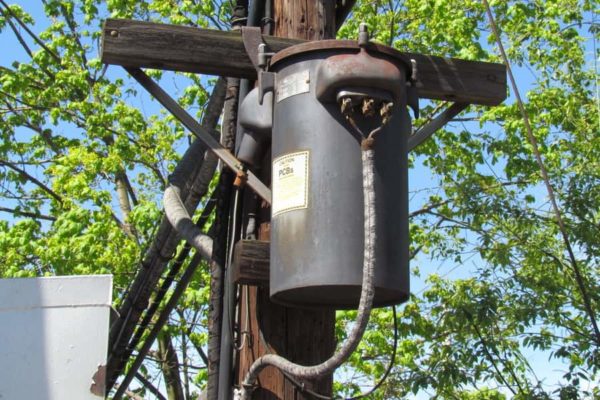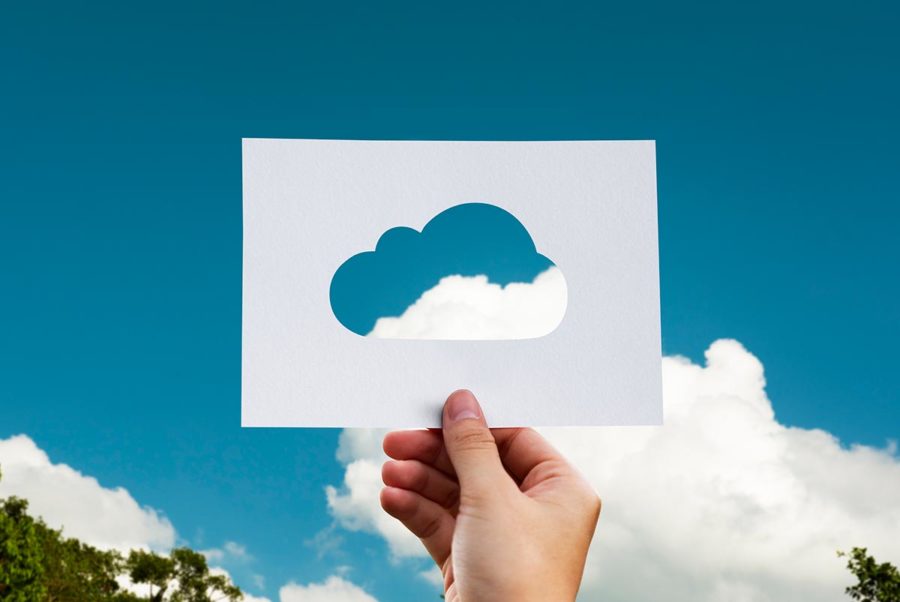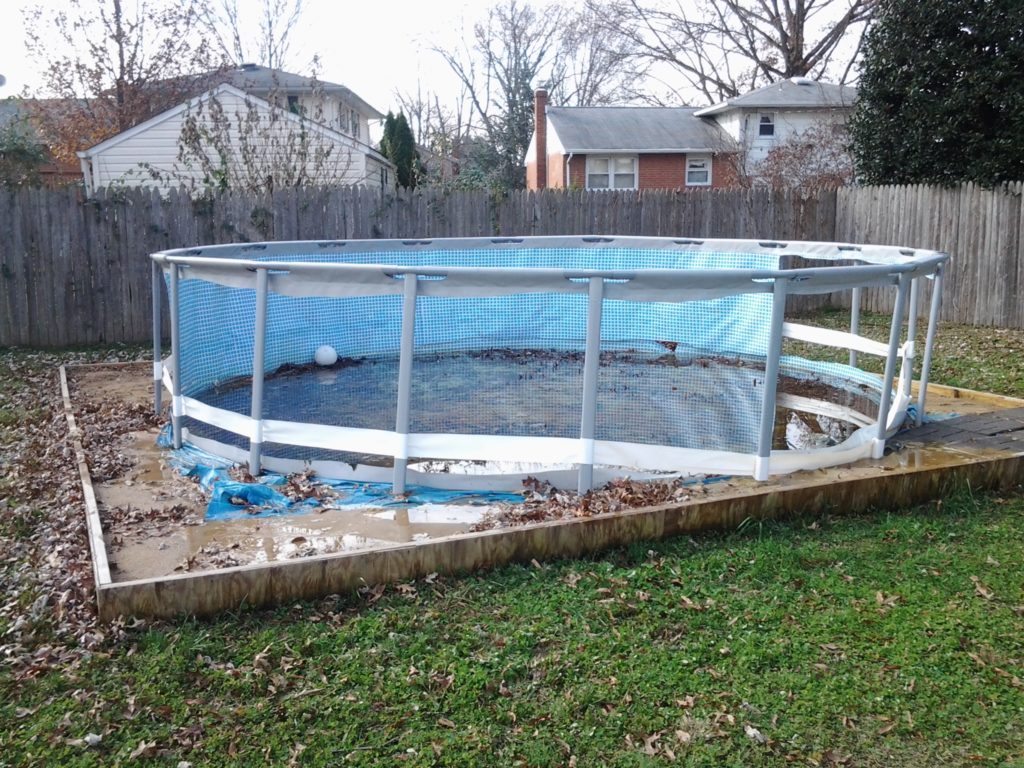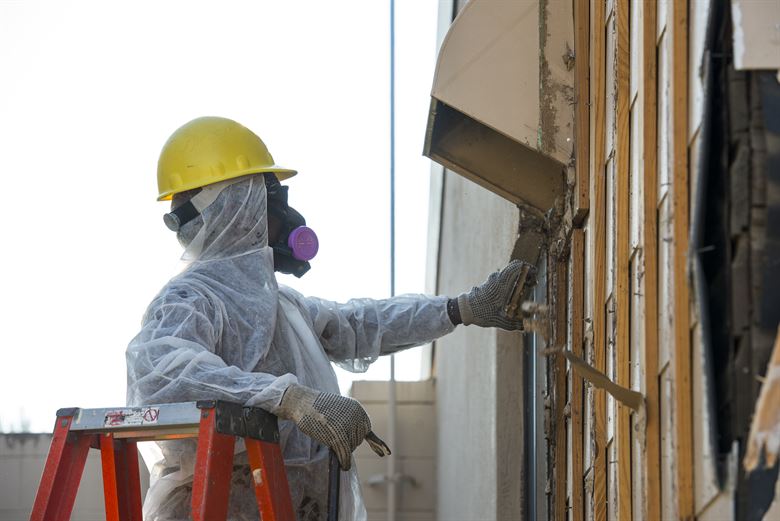What Are PCBs?
PCBs or polychlorinated biphenyls are a cluster of synthetic chemicals made up of chlorine atoms, hydrogen, and carbon. What determine the chemical and physical properties of the PCB molecule are the location and the count of chlorine atoms in a certain cluster. Like asbestos, PCBs don’t have any associated smell or taste. They are known simply for their waxy, solid or oily texture and consistency.
PCBs are identified as belonging to a group of man-made chemicals known as chlorinated hydrocarbons, which may be black and waxy, yellow and light, or plainly thin.
Get a free estimate now
Because they are not flammable, have the right chemical stability, have good insulating capacity, and have higher boiling points, PCBs were commonly used in different commercial and industrial applications like the following:
- Carbonless facsimile paper
- Dyes
- Hydraulic, heat transfer, and electrical equipment
- Paint Plasticizers
- Pigments
- Plastics
- Rubber products
- Other industrial uses
In the year 1929 until 1979, PCBs were manufactured domestically and were widely used in construction. However, they were banned in the latter part of 1979 after having been found to possess a wide range of toxic and carcinogenic properties.
Even if PCBs are no longer produced for commercial purposes in the US, they may still be present in the environment and continue to contaminate materials that were produced before the 1979 ban.

contractor for your project?
These are examples of products that may still contain PCBs:
- Bushings
- Cable insulation
- Capacitors
- Carbonless facsimile paper
- Caulking
- Cork
- Electrical equipment
- Electromagnets
- Epoxy resin and adhesive tapes
- Felt
- Fiberglass
- Floor finish
- Fluorescent light
- Foam
- Hydraulic systems’ oils
- Motor oils
- Oil-based paint
- Plastics
- Re-closers
- Switches
- Thermal insulation
- Transformers
- Vintage electrical apparatuses with built-in PCB capacitors
- Voltage regulators
These materials contain PCBs that were chemically mixed to make up an assortment of chlorinated biphenyls known as congeners. Most of the commercialized forms of PCBs are known as Arochlor in the United States.
Need a high-quality contractor for your project?
Currently, PCBs might still be freed into the air and into the environment from either of these sources:
- Poorly kept dangerous waste that contains PCBs.
- Prohibited or improper way of throwing away PCB rubbish.
- Leakage or discharge from old transformers that contain PCBs.
- Dumping of PCB-contaminated consumer merchandise into public landfills or landfills that are not capable of handling lethal waste.
- Burning trash in community incinerators and industrial furnaces.
- Since PCBs don’t easily break down when released into the environment, they can stay for prolonged periods of time in the soil, water, or air surfaces. They can be physically moved within long distances and are found across the globe. Lighter PCB forms, which evaporated from sediments and contaminated water, were transported to places even further from the main source. Some were, in fact, found in the Antarctic and the Arctic.









